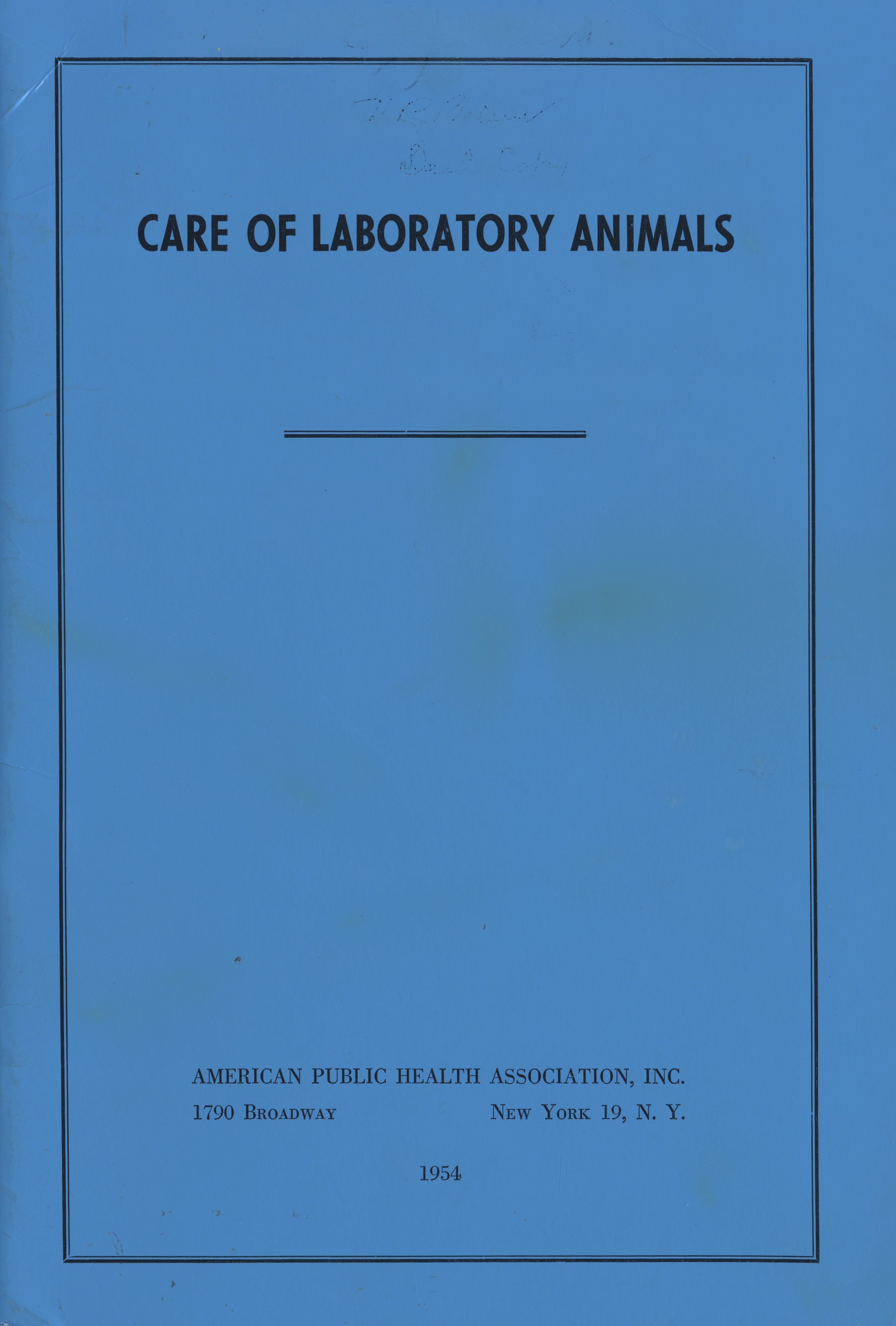Research and Dogs in Chicago
Early dog owners treated their pets very differently than we do, and few dogs lived especially long lives. A study in the 1950s found they were more likely to be killed by cars than reach eight years of age. Many dogs also ran loose on city streets, and Chicago pounds frequently collected more than 1,000 each month. These dogs were largely unvaccinated against ailments like rabies, a matter of special concern for people and dogs alike.
From the Latin word for madness, rabies was initially all but untreatable. Those bitten by rabid animals seemed to lose their very humanity in violent fits of rage, and the public had good reason to be cautious about loose dogs. But rabies also played an unexpected role in struggles over the use of pound dogs for research. Scientists in Chicago and elsewhere were using stunning numbers of dogs, for everything from surgical demonstrations to pharmaceutical testing, but many became increasingly concerned that these animals needed to be healthy and well cared for to produce useful results. As researchers grew more selective, expanded pound dog collection under the auspices of rabies management increased the quantity of viable animals.
Spurred by this realization, scientists reconfigured their relationship with municipal pounds. Rather than seeing them as reservoirs of valuable raw material, researchers reimagined pounds as proto-laboratory supply companies that could, if sufficiently incentivized, provide them the consistent flow of high-quality dogs they wanted for research.
New York: American Public Health Association, Inc., 1954
The Illinois Society for Medical Research Records
By the 1950s, care for laboratory animals had become a central concern for scientists, worried both about experiments on unhealthy animals producing poor scientific results and about defusing critics of animal experimentation. Chicago-area researchers were leaders on the issue. The Animal Care Panel, today’s American Association for Laboratory Animal Science, met for their first national meeting in 1950 and began publishing an influential journal the next year.

